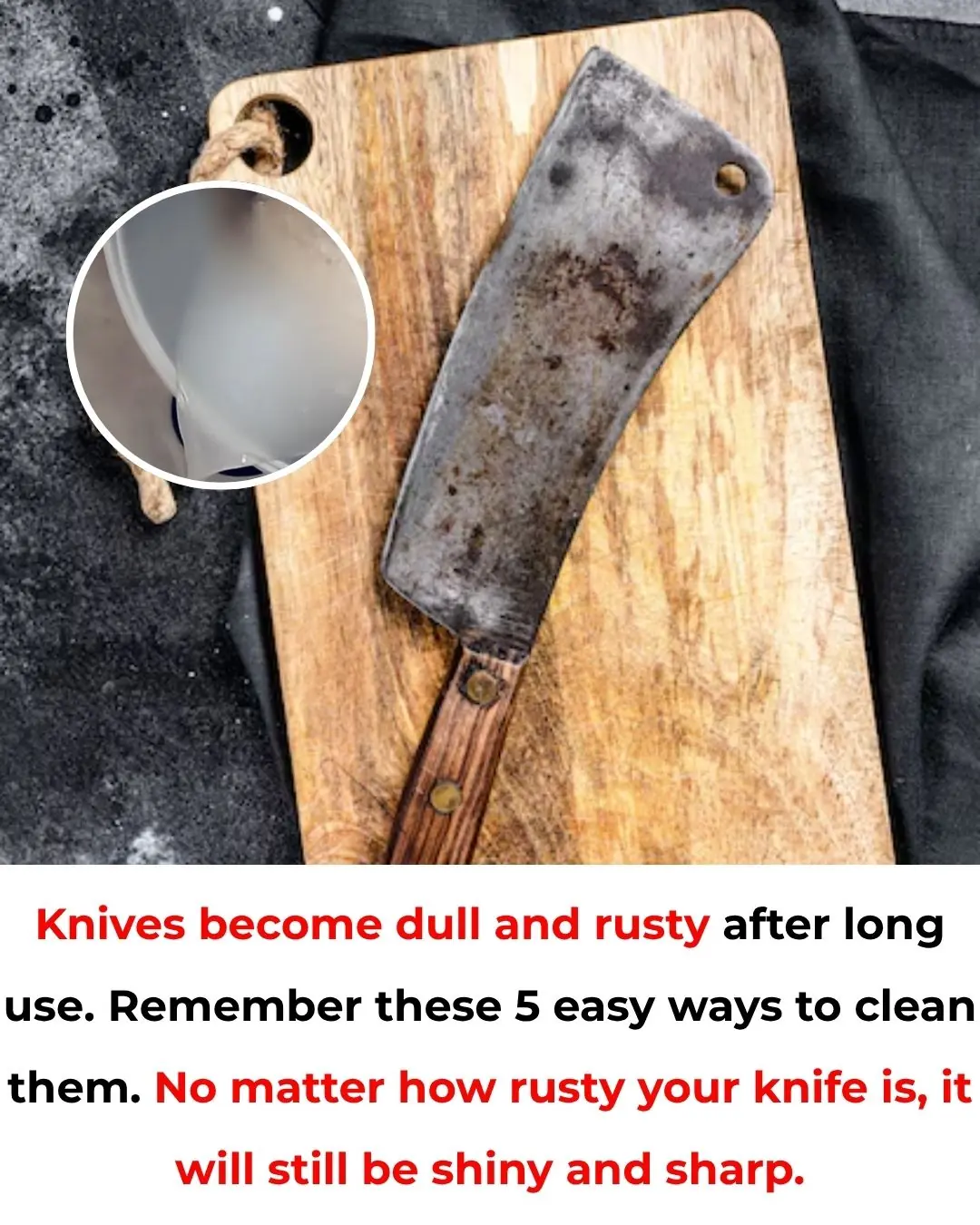
Everyday Habits That Could Be Quietly Ruining Your Home

Your home should feel like your sanctuary — a safe, comfortable space where everything works as it should. But even the most careful homeowner can unintentionally make small mistakes that, over time, create unnecessary wear and tear. From using the wrong cleaning products to ignoring subtle moisture issues, these overlooked habits can slowly impact your home’s condition and value.
Here are 12 common things to avoid if you want to keep your home clean, safe, and in great shape, along with smarter alternatives to protect your space.
1. Be Cautious with Cleaning Products
Just because a product is labeled “multi-purpose” doesn’t mean it’s safe for every surface. Harsh toilet bowl cleaners, for example, contain acids that can gradually erode grout, caulking, and even some types of tile finishes.
💡 A safer DIY grout cleaner:
-
½ cup baking soda
-
¼ cup hydrogen peroxide
-
1 tablespoon dish soap
Apply the mixture, let it sit for five minutes, scrub gently, and rinse. It cleans effectively without damaging surfaces or releasing harsh fumes.
2. Don’t Spray Cleaning Products Directly on Surfaces
Spraying cleaner directly onto furniture, countertops, or flooring can lead to streaks, sticky residue, and even discoloration over time. Too much product can also trap dirt and weaken surface finishes.
Instead, spray onto a cloth, mop, or microfiber pad first. This gives you better control, reduces chemical buildup, and helps your surfaces last longer.
3. Dry Off Before Walking Around After Showering
Walking around your home while you’re still dripping wet creates puddles that may look harmless but can lead to long-term issues. Moisture can seep into wood planks, baseboards, or laminate flooring, causing warping and eventually mold growth.
Always towel off completely before stepping out of the bathroom to keep your floors safe.
4. Protect Hardwood Floors from Water Damage
Hardwood floors are durable, but they’re extremely sensitive to excess moisture. Using a soaking-wet mop — or a cleaner not intended for wood — can cause cupping, swelling, or permanent dullness.
Use a slightly damp mop and choose cleaning products specifically designed for hardwood. A mild oil soap diluted with water also works well if used sparingly.
5. Don’t Neglect Exhaust Fans
Bathroom and kitchen exhaust fans play a crucial role in maintaining healthy airflow. They don’t just reduce smells — they remove excess humidity and airborne pollutants.
Run your fan during showers and for at least 15–20 minutes afterward to keep moisture from lingering. This simple step helps prevent mold, mildew, and peeling paint.
6. Be Aware of Hidden Moisture Sources
Moisture tends to collect in surprising places. Items like toothbrush holders, fabric shower curtains, towels, bath mats, and kitchen sponges can all harbor bacteria if not dried properly.
Allow these items to air out regularly and wash them frequently to prevent mildew, odors, and bacteria buildup.
7. Use Vinegar Carefully
Vinegar is a fantastic natural cleaner — however, its acidity isn’t suitable for every surface. It can break down rubber seals inside dishwashers, damage marble or granite countertops, and strip protective coatings from wood.
Before cleaning, check whether the material is vinegar-safe to avoid costly repairs.
8. Let Your Bed Breathe in the Morning
Making your bed the moment you wake up may look tidy, but it also traps moisture from sweat and body heat inside your sheets.
Instead, pull back the covers for 10–15 minutes to let your bedding air out. This helps reduce bacteria, humidity, and dust mites — keeping your bed fresher and more hygienic.
9. Avoid Using Sponges for Certain Cleaning Tasks
Kitchen sponges can hold onto bacteria, especially after cleaning raw meat, eggs, or unwashed produce. Reusing them spreads germs to other surfaces.
For cutting boards and countertops, use hydrogen peroxide as a safe and effective disinfectant. It kills harmful microbes without contaminating anything else.
10. Protect Furniture from Direct Sunlight
Natural sunlight brightens your home, but prolonged exposure can fade fabrics, bleach wood furniture, crack leather, and dry out flooring.
Close blinds or curtains when you’re away for long periods, or use UV-blocking window film to protect your interior without sacrificing light.
11. Vacuum Instead of Sweeping
Sweeping tends to push dust, dirt, pet hair, and allergens into the air or into corners rather than truly removing them.
A vacuum — even on hard floors — captures more debris and keeps the air cleaner. It also prevents tiny particles from scratching your floor’s finish.
12. Don’t Overfill Closets and Storage Areas
Stuffing closets or storage spaces to the brim limits airflow and traps moisture, increasing the risk of mold. Heavy items piled against walls can also strain drywall and shelving brackets.
Keep storage areas organized and breathable, and avoid stacking too much weight in one spot.
Final Thoughts
Maintaining a healthy home isn’t just about cleaning — it’s about being mindful of the small habits that affect your space over time. By avoiding these 12 common mistakes, you’ll protect your home’s structure, prevent costly damage, and keep your living environment comfortable and safe for years to come.
News in the same category


5 Fruits on the ‘Blacklist’ That Can Cause Cancer – Avoid Buying Even If Cheap
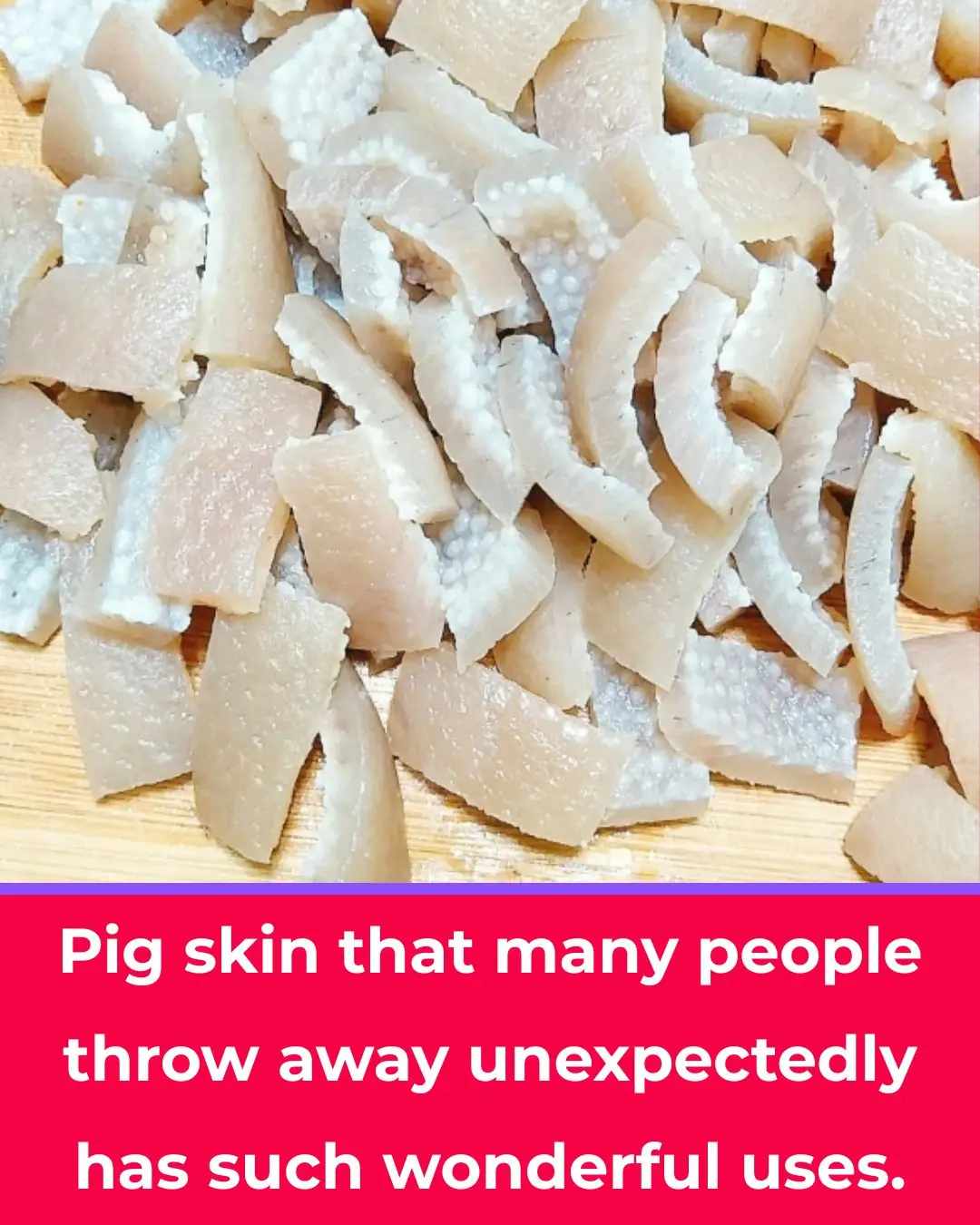
Pork Skin – The Often Overlooked Superfood
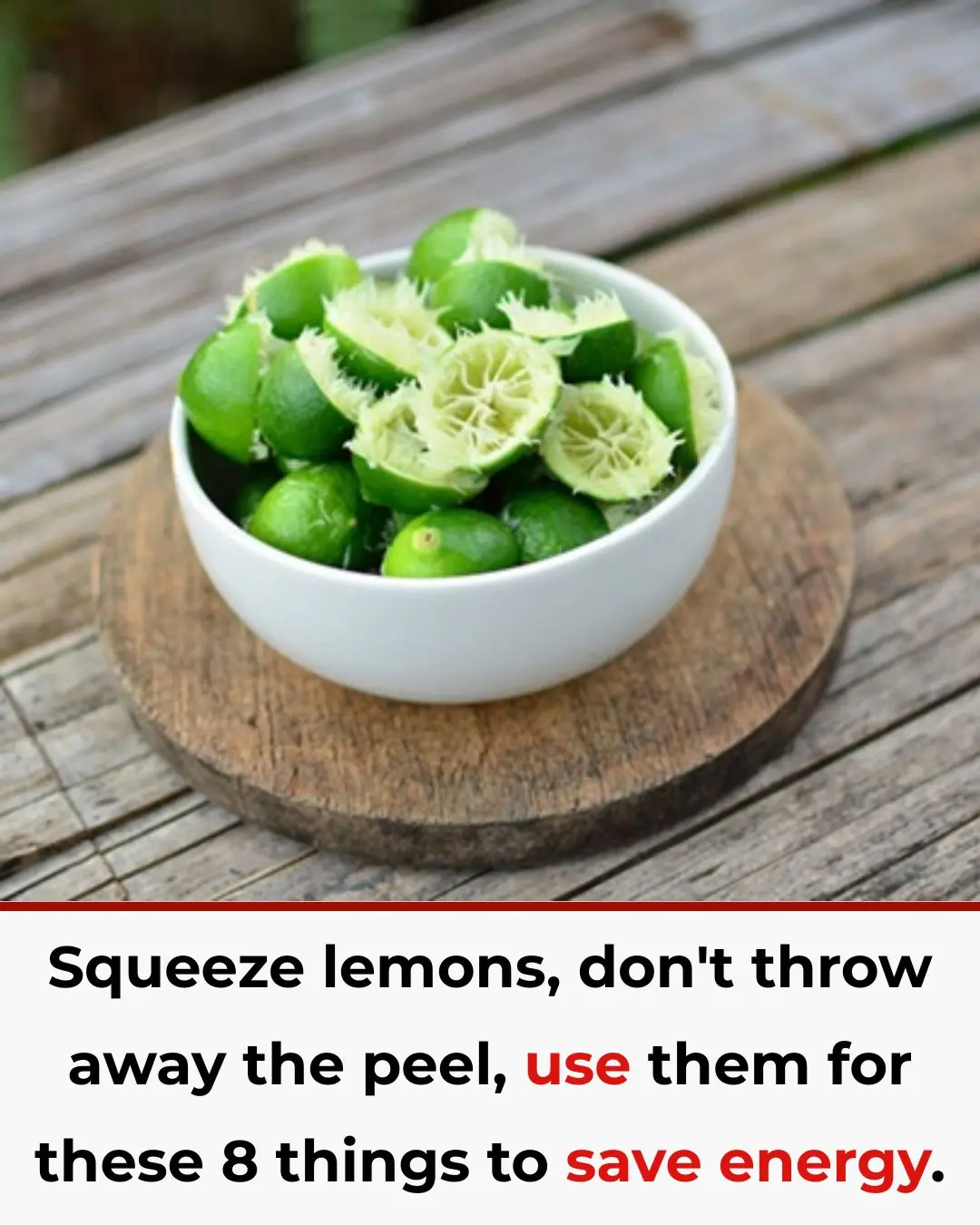
Don’t Throw Away Lemon Peels! Use Them for These 8 Household Tasks and Save a Ton of Money
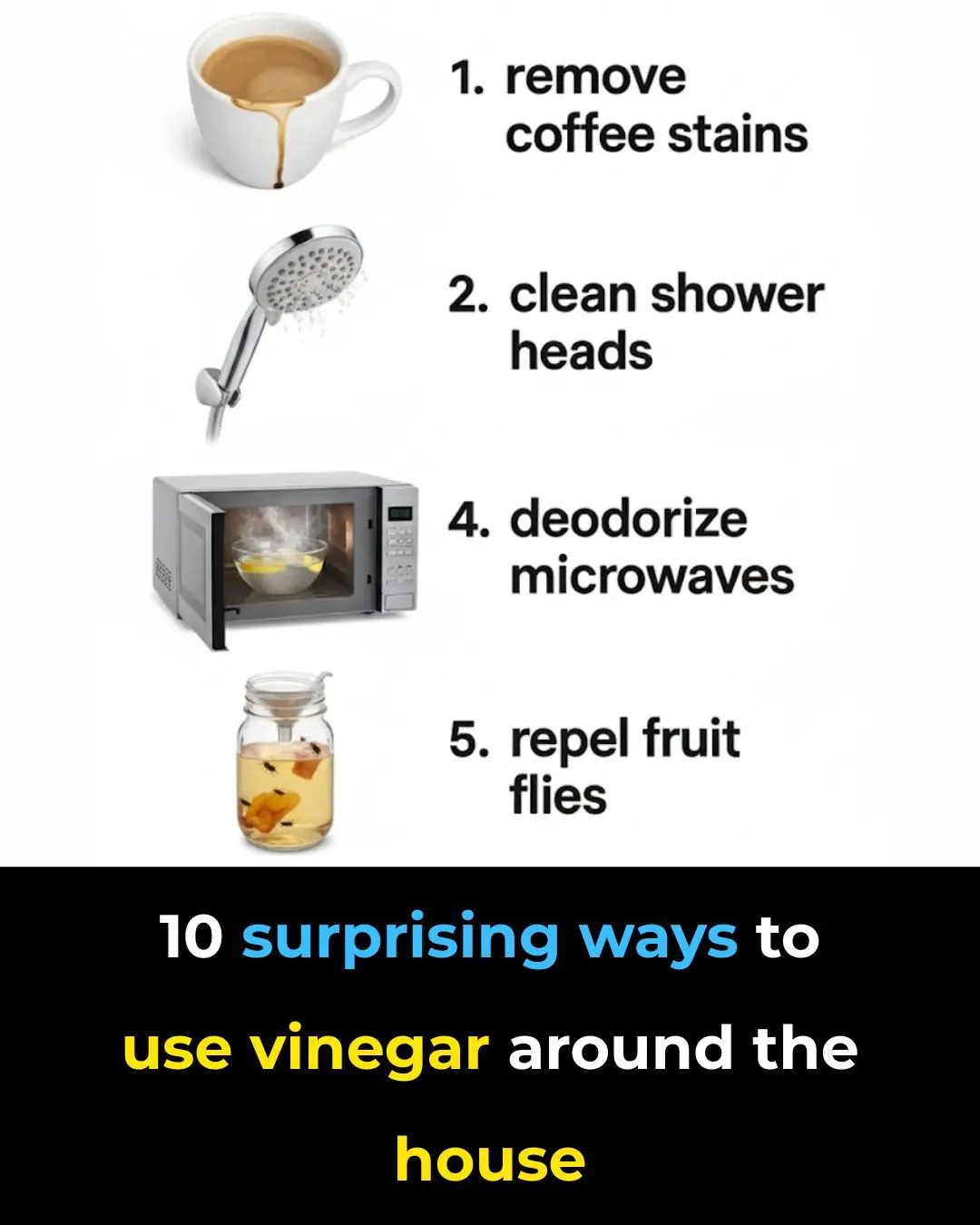
10 surprising ways to use vinegar around the house
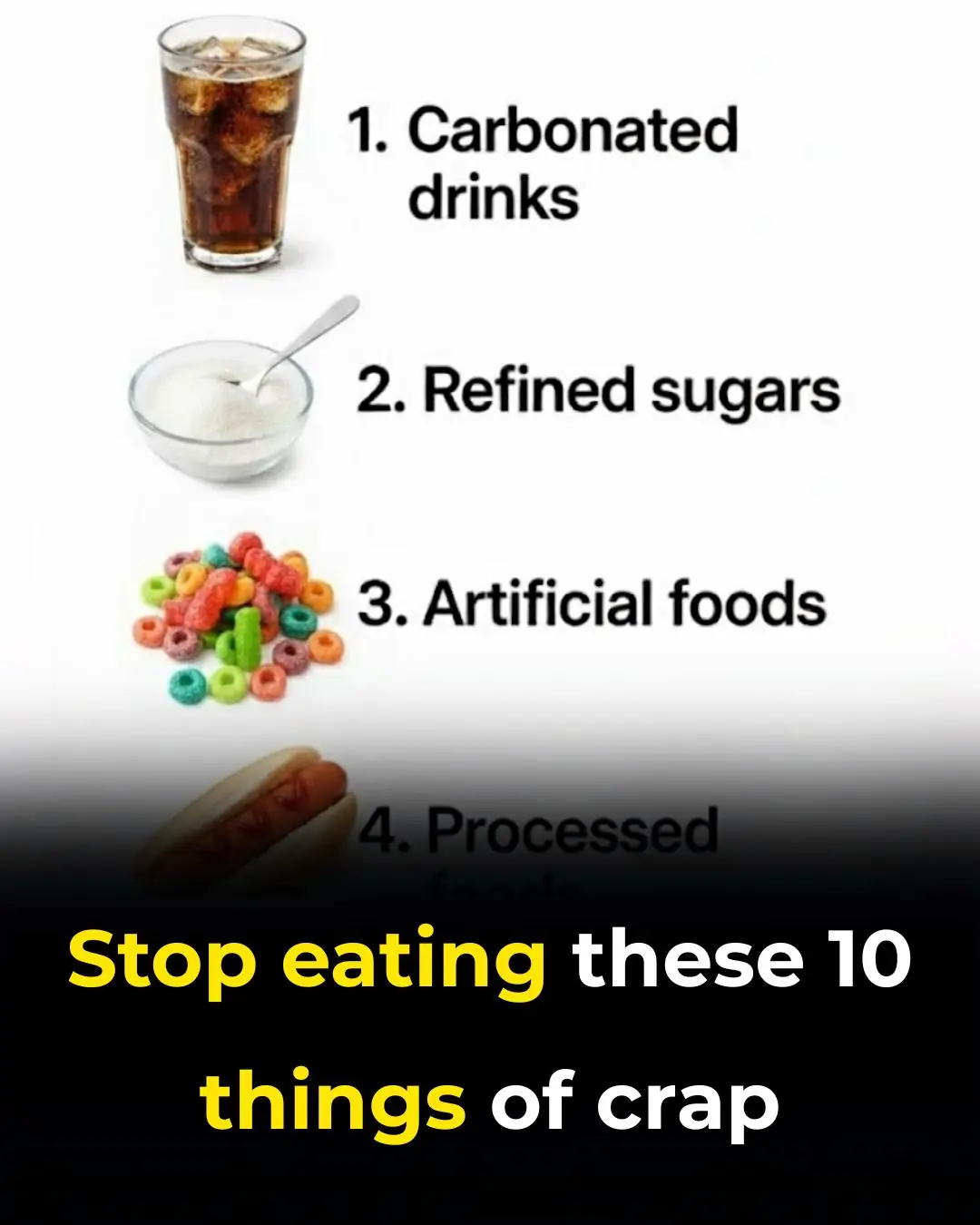
Stop eating these 10 things of CRAP

Mix Banana Peels With This and Leave It in a Corner — Roaches Will Disappear Overnight
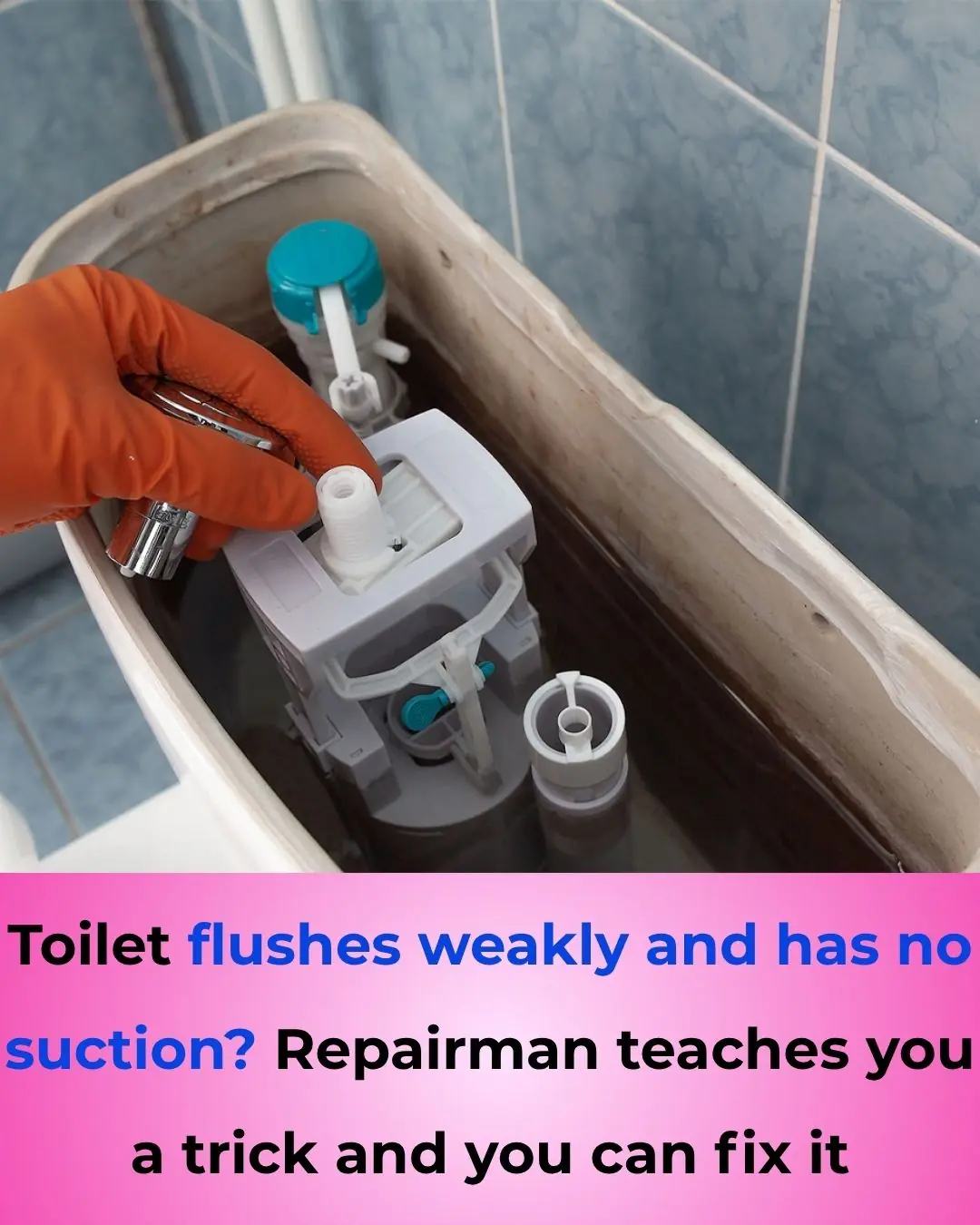
Weak Toilet Flush and No Suction? A Simple Trick From a Professional That Fixes It Instantly

Genius Ways to Store Ginger Without a Refrigerator — Keep It Fresh for an Entire Year

The Secret Trick That Makes Tofu Taste Better
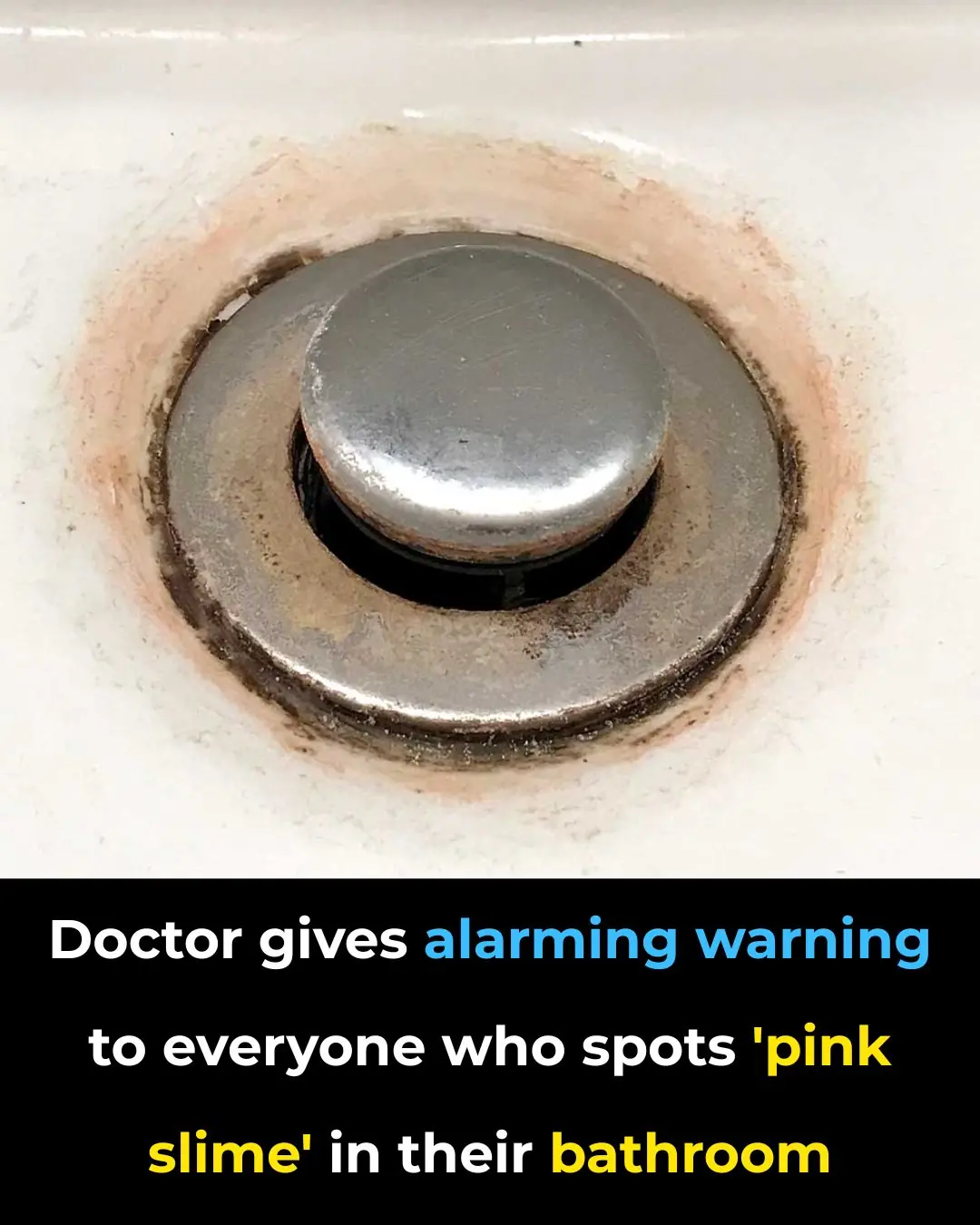
Thought this was mold but I guess not. Am gonna check my bathroom again
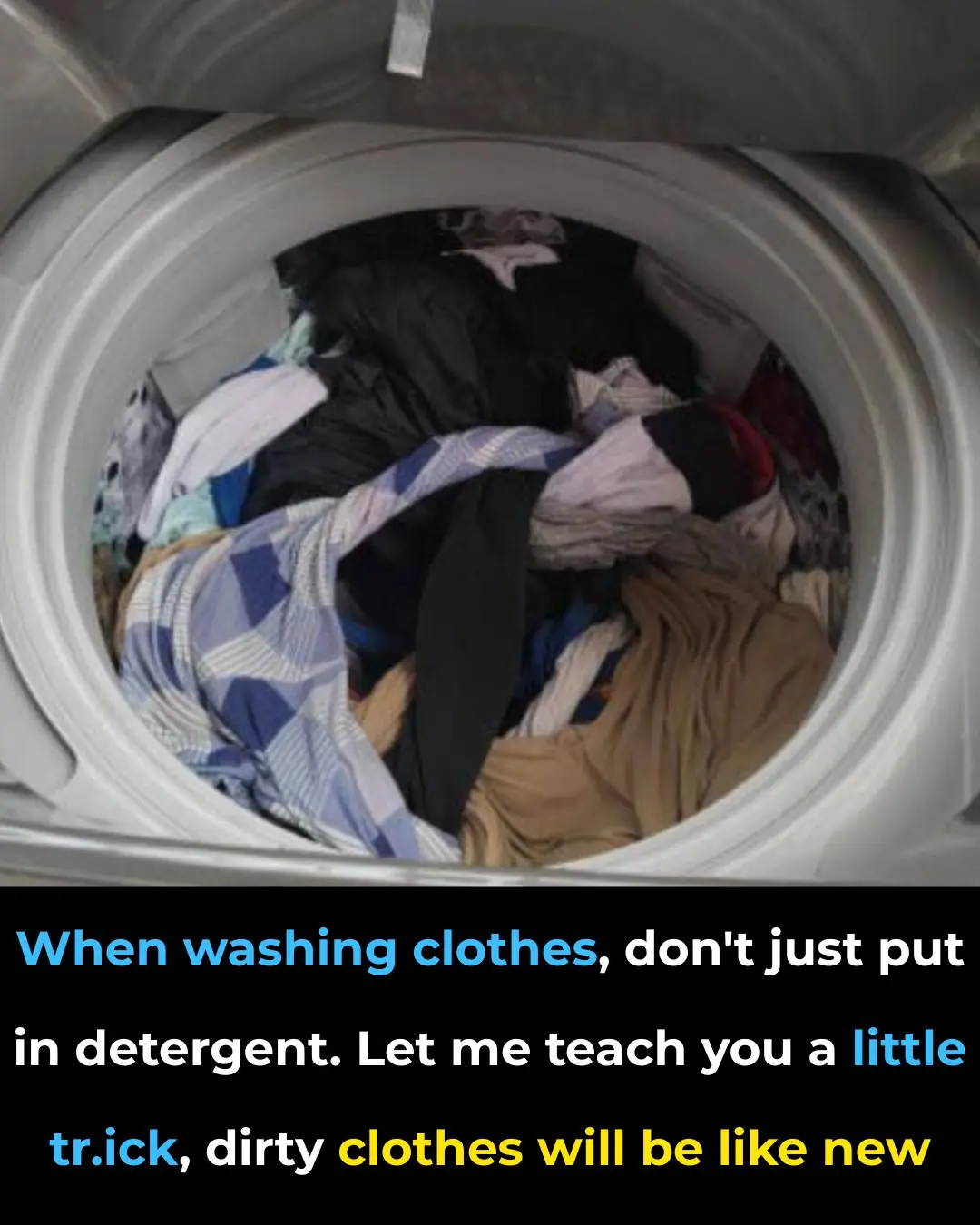
When washing clothes, don’t just put in detergent! Do this little trick, dirty clothes will be like new!

How to dry clothes quickly and not smell bad even if it rains for days on end

The 'lightning-fast' secret to making sweet, flavorful Japanese-style sweet potatoes in just 5 minutes
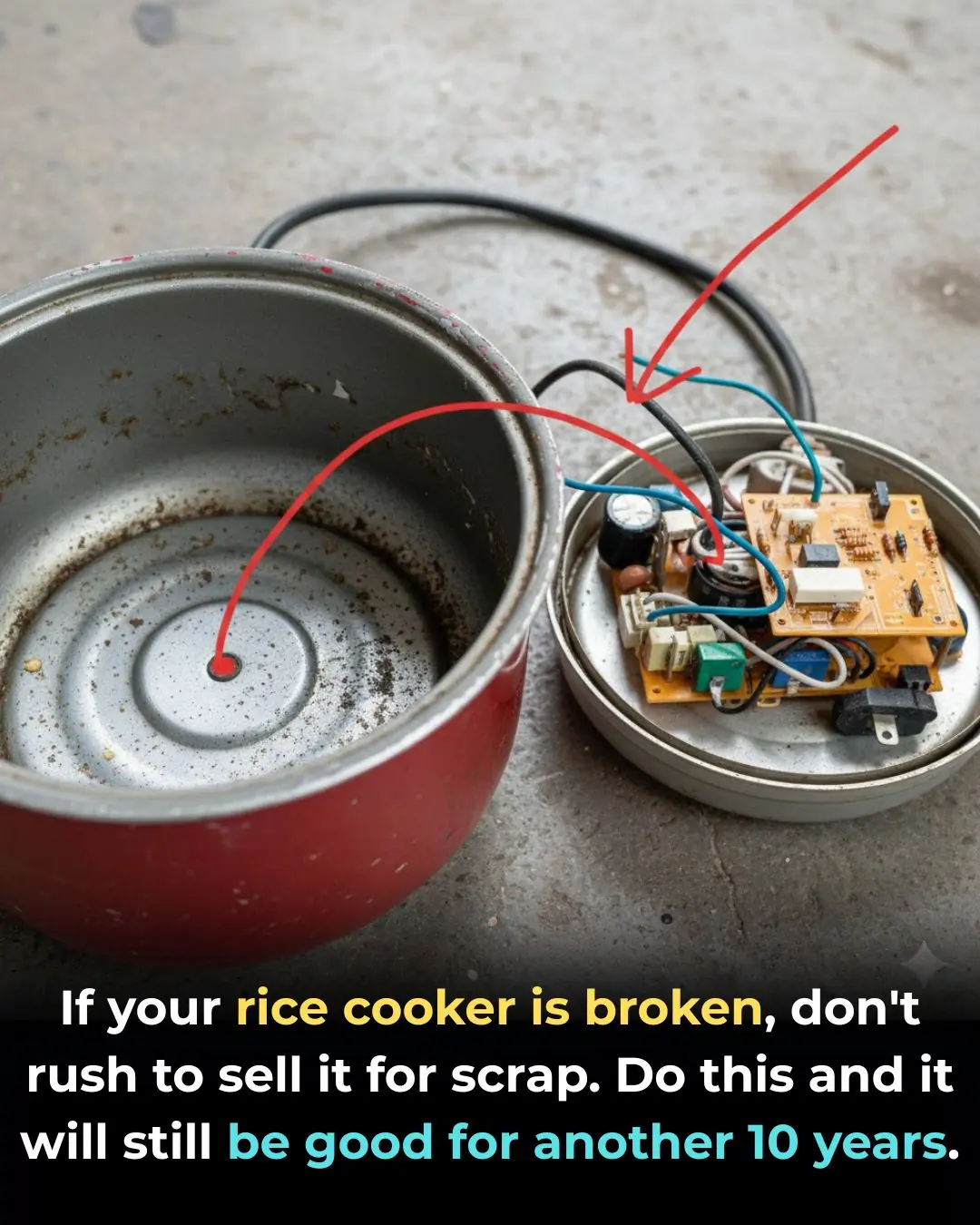
If your rice cooker is broken, don't rush to sell it for scrap. Do this and it will still be good for another 10 years.
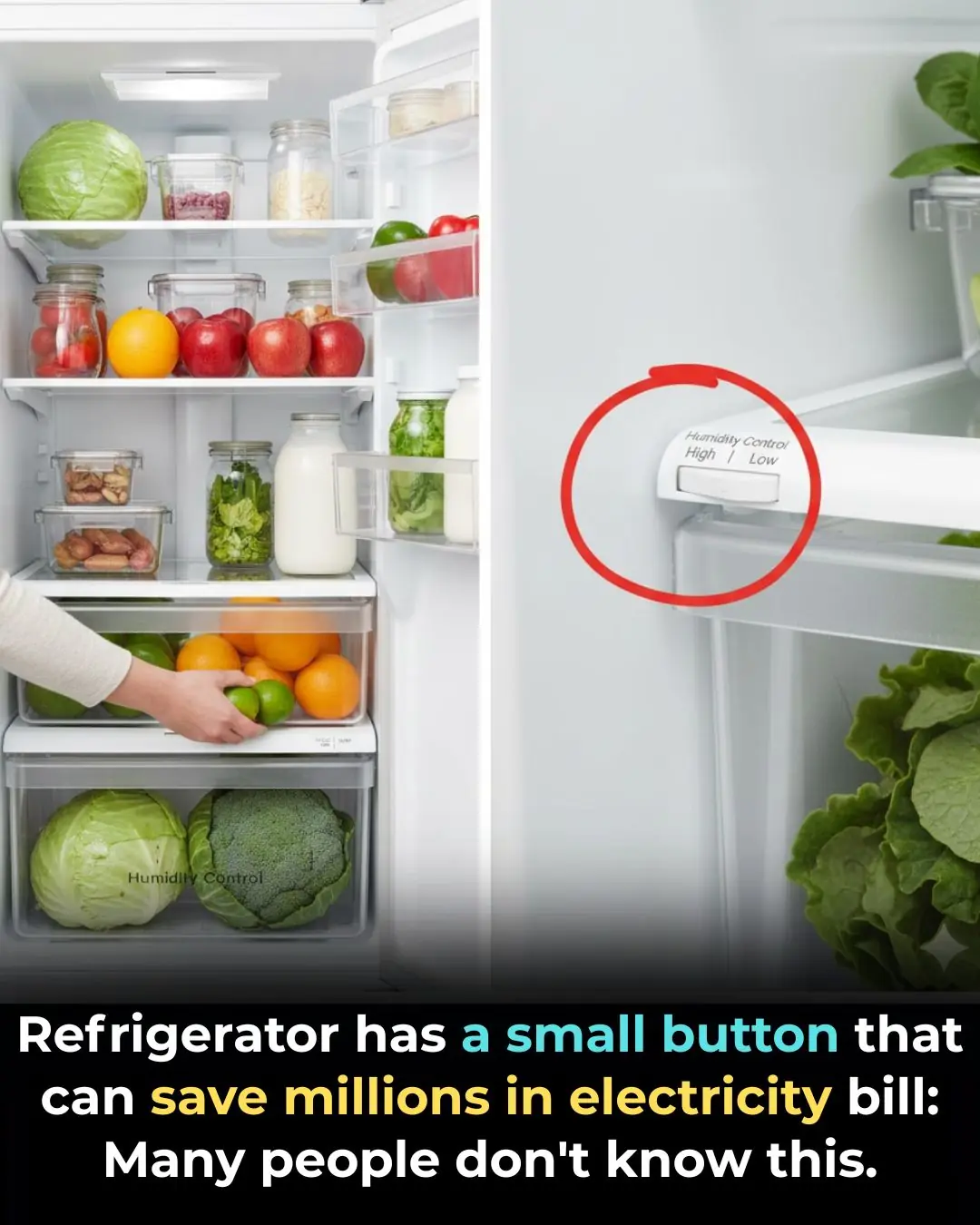
Refrigerator has a small button that can save millions in electricity bill: Many people don't know this.
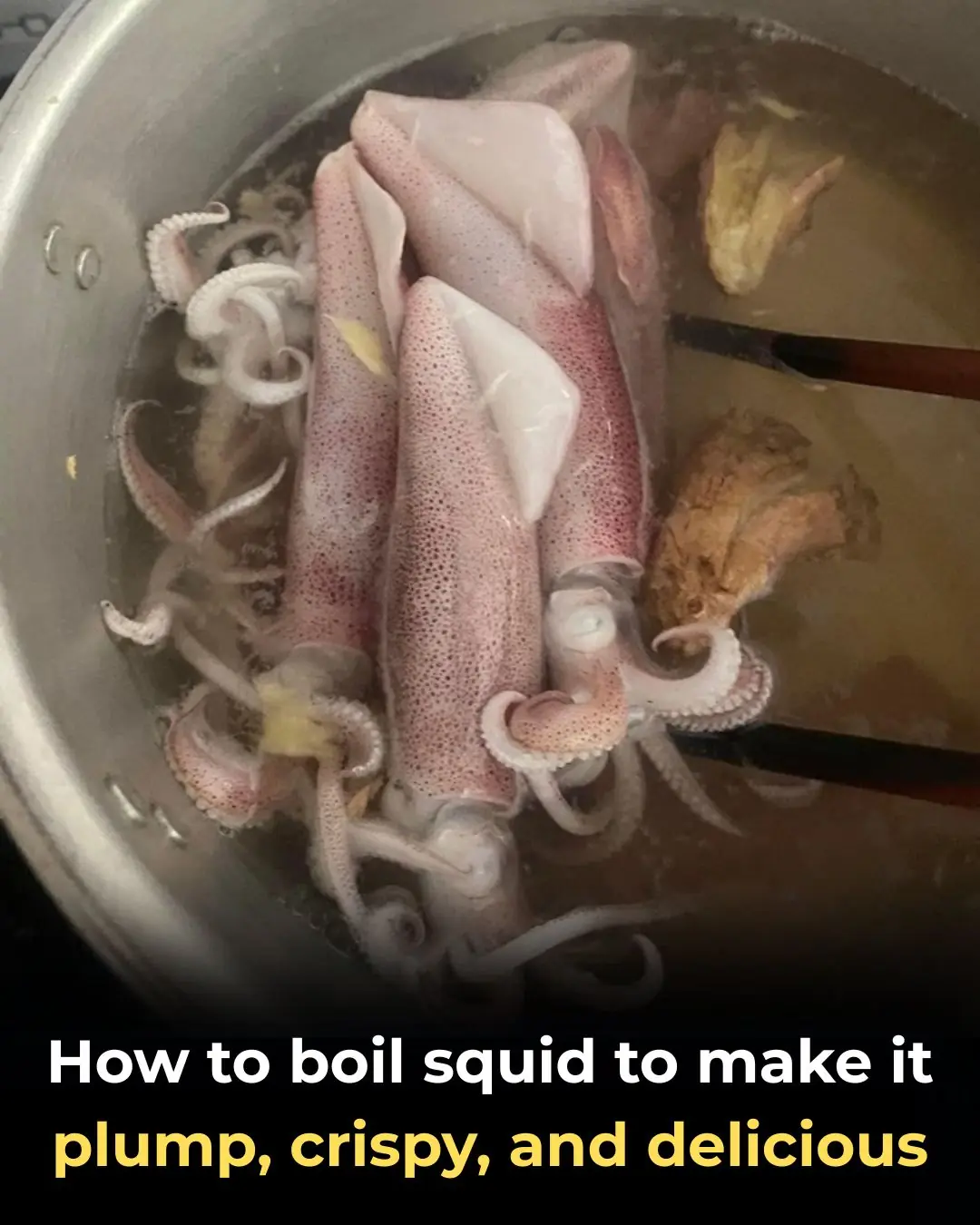
How to boil squid to make it plump, crispy, and delicious

How to wash grapes to remove dirt and white powder, safe to eat with the skin
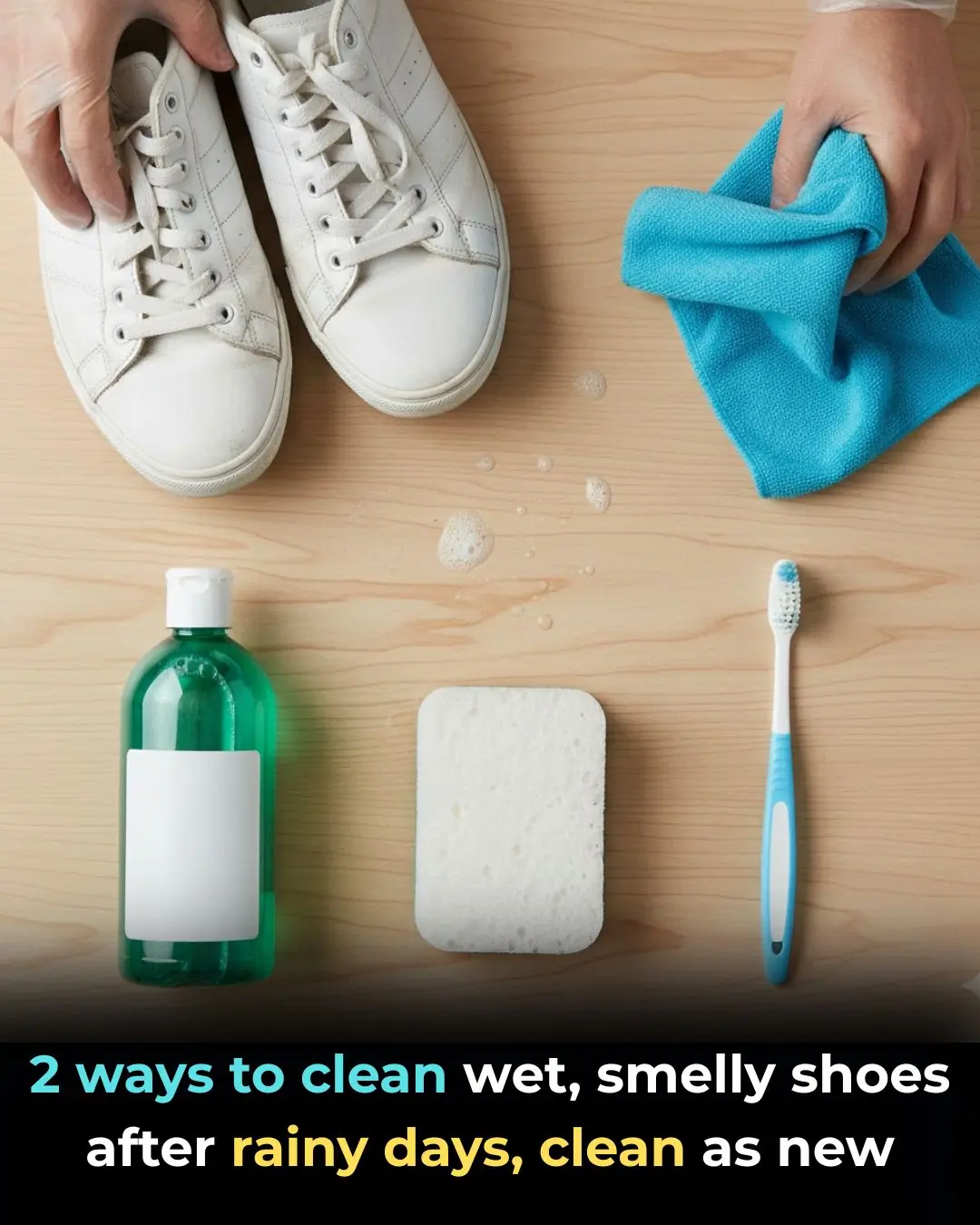
2 ways to clean wet, smelly shoes after rainy days, clean as new
News Post

Top 10 Uric Acid Foods To Avoid If You Have Gout

Belgium’s Floating Algae Mats: A Green Breakthrough in Urban Water Purification

France Reimagines Shelter Boundaries With Community Corn Walls

5 Simple Ways to Remove Rust from Knives – Make Your Dull, Rusty Knife Shiny and Sharp Again

5 Fruits on the ‘Blacklist’ That Can Cause Cancer – Avoid Buying Even If Cheap

“New Research Reveals How Aging Impacts Male Fertility and Sperm Health”

Pork Skin – The Often Overlooked Superfood

Don’t Throw Away Lemon Peels! Use Them for These 8 Household Tasks and Save a Ton of Money

10 surprising ways to use vinegar around the house

Stop eating these 10 things of CRAP

Mix Banana Peels With This and Leave It in a Corner — Roaches Will Disappear Overnight

Discover how eggs support your baby’s brain development — full details in the comments!”

Weak Toilet Flush and No Suction? A Simple Trick From a Professional That Fixes It Instantly

Five “Dirtiest” Parts of the Pig That Butchers Never Take Home for Their Own Families

Blueberries: A Powerful Daily Boost for Heart Health

The Whole Family of Three Was Diagnosed With Thyroid Nodules; the Mother Collapsed: “I Thought Those Two Things Were Always Good to Eat and Could Prevent Cancer”

Motherhood Rewires the Brain: Why Postpartum Recovery Takes Years, Not Weeks

Eating More Than One Egg a Week May Slash Alzheimer’s Risk by 47%

CRISPR Breakthrough Offers Hope for a Potential HIV Cure
